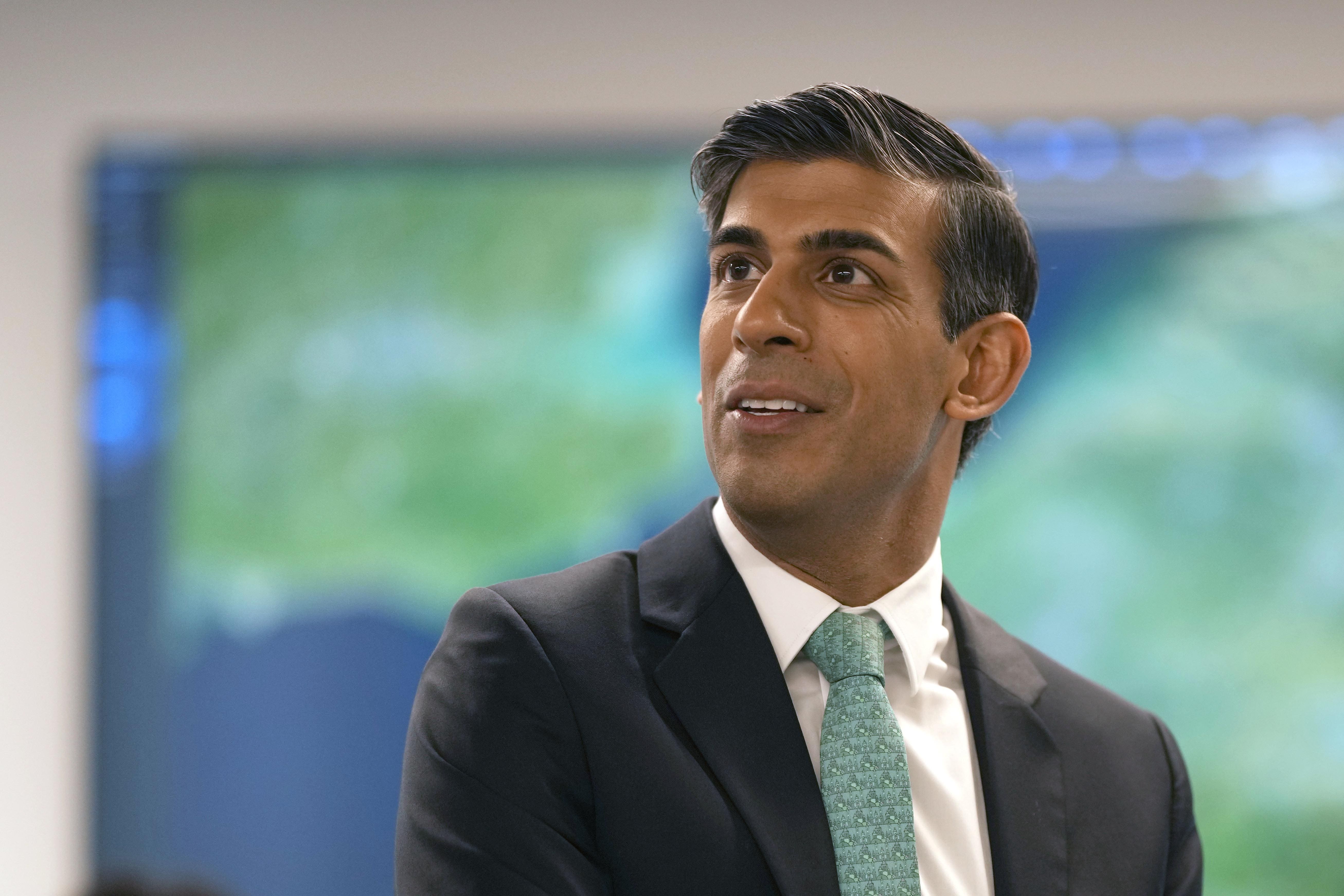The asylum backlog by numbers: what has driven waiting lists to record highs?
The Home Office blames ‘more cases entering the system’ while Labour slams ‘Tory chaos’

Your support helps us to tell the story
From reproductive rights to climate change to Big Tech, The Independent is on the ground when the story is developing. Whether it's investigating the financials of Elon Musk's pro-Trump PAC or producing our latest documentary, 'The A Word', which shines a light on the American women fighting for reproductive rights, we know how important it is to parse out the facts from the messaging.
At such a critical moment in US history, we need reporters on the ground. Your donation allows us to keep sending journalists to speak to both sides of the story.
The Independent is trusted by Americans across the entire political spectrum. And unlike many other quality news outlets, we choose not to lock Americans out of our reporting and analysis with paywalls. We believe quality journalism should be available to everyone, paid for by those who can afford it.
Your support makes all the difference.The backlog of asylum seekers awaiting decisions in the UK has reached a new record of 175,457.
The Home Office blames “more cases entering the asylum system than receiving initial decisions” rather than a slowdown in the processing of claims.
Charity Refugee Action said the growing backlog is “causing immense suffering to refugees who just want to get on with their lives”.
And Labour accused Rishi Sunak of presiding over “complete chaos”, with hotel accommodation for those being put up in hotels costing taxpayers £6m per day.
Here, we look at where those in the asylum system are coming from and how they getting here.
Asylum applications
In the year to June, 97,390 people applied for asylum in the UK – more than a fifth higher than the same time last year and taking the number to a two-decade high.
The uptick was driven in part by those arriving in Britain via irregular routes, including on small boats, lorries and shipping containers.
And while the Home Office more than doubled the number of asylum decision-makers in the past year, it is still struggling to keep up with the increasing number of those claiming asylum.
Irregular routes
In the year to June, 52,530 asylum seekers arrived by so-called irregular routes – a 17 per cent uptick from a year earlier.
And, in a significant blow to Mr Sunak’s promise to “stop the boats”, 85 per cent – 44,460, of those who came via these routes, came on small boats.
In the past five years, three-quarters of those arriving via small boats have been men aged 18 and over, while around one in six are children aged 17 and under.
Which countries are they coming from?
The most common nationality of those claiming asylum was Albanian, with 11,790 applications. Of these, 7,557 had crossed the English Channel via small boats.
The number of Afghans applying for asylum in Britain has also increased since the Taliban took control of the country in August 2021. They were the second most common asylum seekers, with 9,964 applications – almost double the number from a year earlier.
The third most common were Iranians, with 7,776 applying for asylum in the UK in the year to June.
Meanwhile, the number of Indian asylum seekers more than doubled over the year to June, with 4,403 applications.
There were 266 Ukrainians seeking asylum during the same period, following Russia’s invasion of the country. However, the Home Office pointed out that most arrived under special routes for those fleeing the conflict, introduced since last March.
In the year to June, almost half of small boat arrivals were from two nationalities - Albanians and Afghans.
Safe and legal routes
The prime minister’s promise to “stop the boats” crossing the English channel hinges on the insistence that refugees must reach Britain using “safe and legal routes”.
Those arriving via safe and legal routes, such as the bespoke schemes to bring those fleeing Afghanistan and Ukraine, are not the reason for the growing asylum backlog.
But the United Nations’ refugee agency the UNCHR warns that for those falling outside of specific schemes, “there are no safe and regular routes” to seek asylum in the UK.
In the year to June, 154,254 people were offered a safe and legal route to the UK, the Home Office said.
Of those, 102,807 visas were granted for Ukrainians, 43,368 were from Hong Kong who were given British National Overseas (BNO) visas. Some 2,570 were from Afghanistan and relocated to the UK under schemes, including the Afghan Relocations and Assistance Policy for those who worked alongside the British government and armed forces.
A further 4,671 entered the UK using reunion visas to join family members already here.
Join our commenting forum
Join thought-provoking conversations, follow other Independent readers and see their replies
Comments